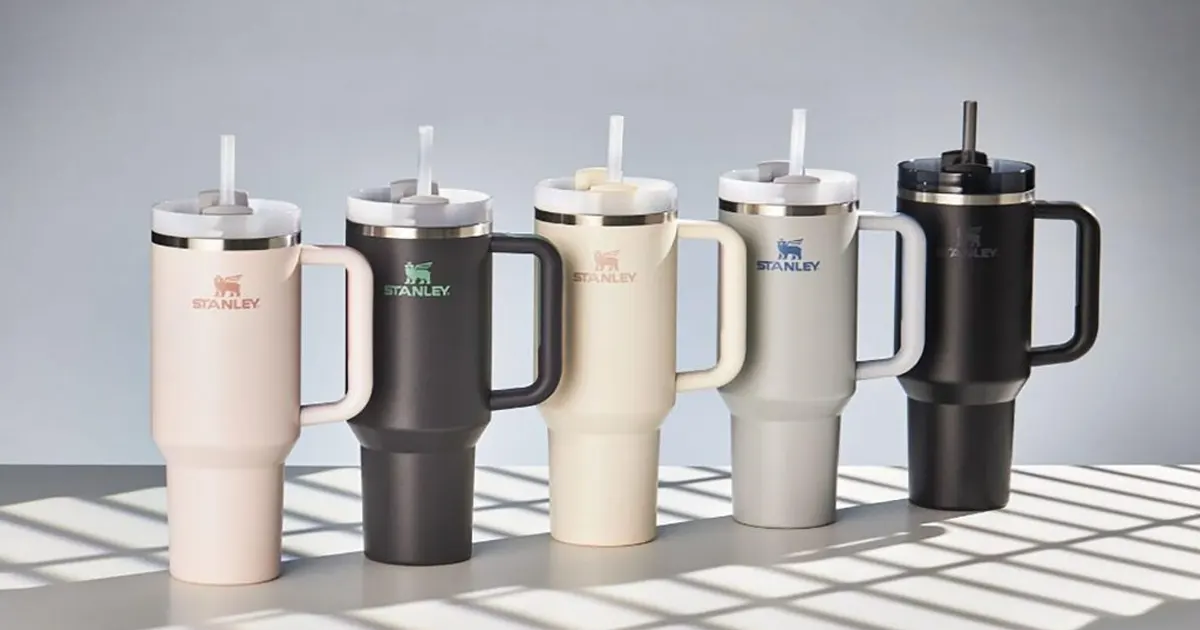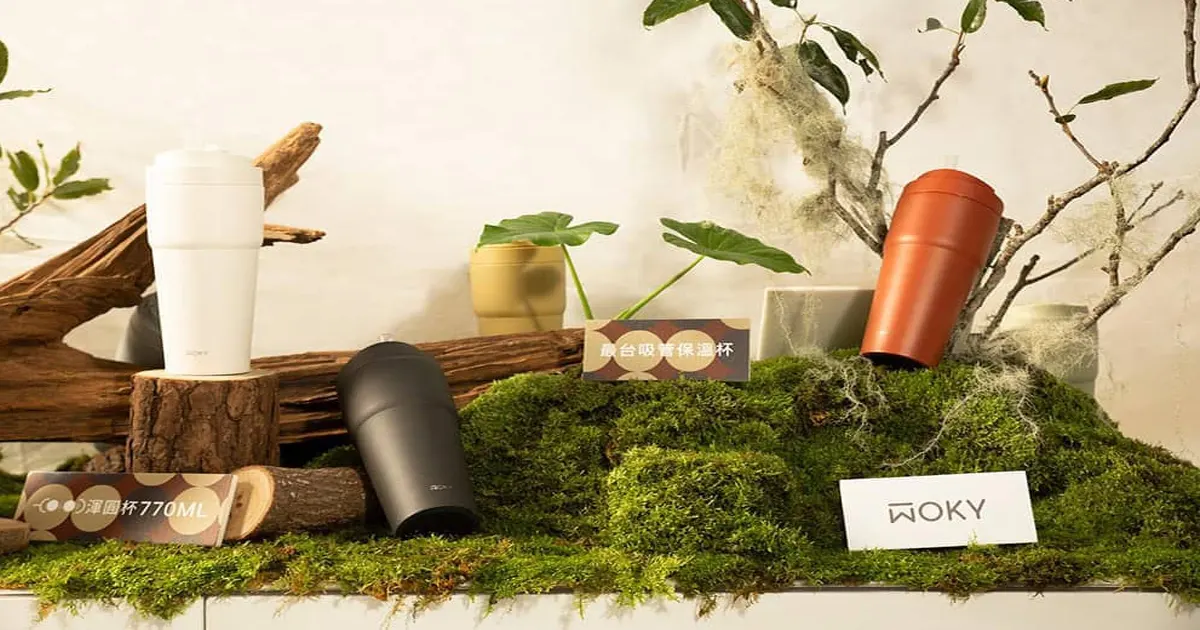What is the best material for an insulated water bottle?
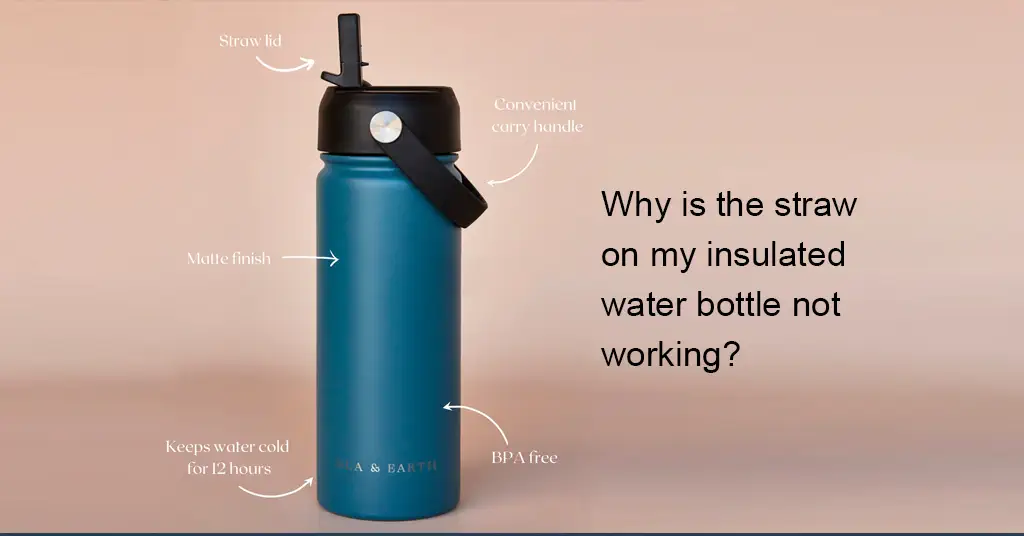
1. What are the common materials for insulated water bottle?
An insulated water bottle is different from an ordinary water bottle in that it consists of two layers of shells. There is no air between these two shells, forming a vacuum state. In a vacuum state, the hot water in the bottle cannot undergo heat transfer, so the heat will not be lost. The easiest way to test whether a water bottle has heat-retaining properties is to touch the outer shell of the water bottle with your hand after pouring hot water into the bottle. If it feels cold to the touch, then the water bottle retains heat well. If the outer shell of the water bottle is hot, it means the water bottle has no insulation effect.
So how to create a vacuum state between the inner and outer shell of the water cup? Typically, we use a high-temperature furnace and getters to achieve this effect. This vacuum extraction technology determines that the material of the insulated water bottle needs to be strong and resistant to high temperatures. Therefore, the most common materials for insulated water bottle are stainless steel and borosilicate glass.
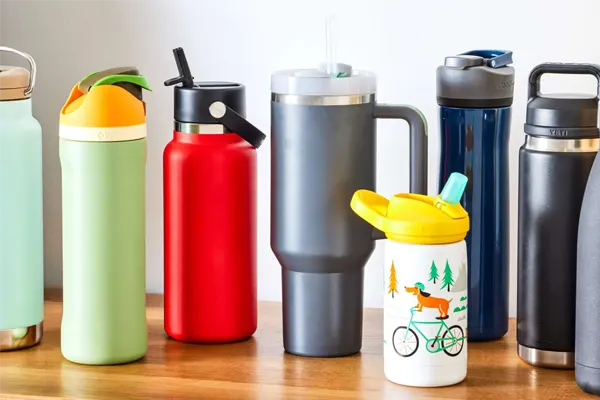
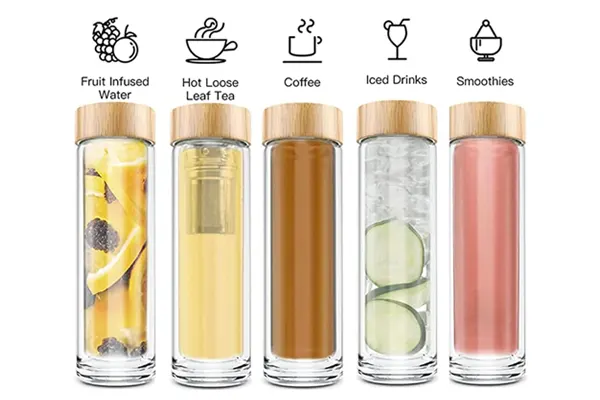
2. The advantages and disadvantages of stainless steel as a raw material for insulation water bottle
Advantages
- Super Durability: Stainless steel has strong toughness and pressure resistance. Under normal use, the thermos water bottle will not be damaged. You can use your stainless steel thermos water cup worry-free for many years.
- Safe and Non-Toxic: Stainless steel doesn't leach chemicals or flavors into your drink, and it resists the growth of bacteria. This is important for both health and taste.
- Eco-Friendly: Stainless steel bottles are reusable, which helps cut down on plastic waste. Many are also recyclable at the end of their lifespan.
Disadvantages
- Higher cost: The raw material price of stainless steel is much higher than that of plastic and glass, which results in the price of stainless steel thermos water bottle being higher than that of other materials.
- Requires additional protective coating: Stainless steel is susceptible to corrosion by acids, alkalis, and salts, leading to rust. Therefore, we usually spray paint or spray plastic on the surface of stainless steel insulated water bottle, while glass materials do not require additional protection.
3. The advantages and disadvantages of glassl as a raw material for insulation water bottle
Advantages
- It has certain drop resistance: glass material is very easy to break after being hit. The insulated water bottle made of high borosilicate can reduce the problem of glass breakage caused by external forces to a certain extent.
- More Safer: The glass insulated water bottle does not have the problem of heavy metal precipitation and will not rust in acid and alkali environments, ensuring the health of your drinking water.
Disadvantages
- More Heavier: Although the density of glass is lower than that of stainless steel, in actual manufacturing, the thickness of the inner and outer layers of the glass is much higher than that of stainless steel. Generally, the thickness of a stainless steel insulated water bottle is 0.4mm and the wall thickness of a glass insulated water bottle is about 2mm. This means that with the same capacity, the weight of the glass thermos water bottle is heavier than that of the stainless steel thermos water bottle, which is less convenient to carry.
Conclusion
More than 95% of insulated water bottles on the market use stainless steel as raw material because it is durable and easy to produce. This shows from the side that stainless steel is the best raw material for insulated water bottle. However, stainless steel as an alloy material has many different models. The common ones are SUS201, SUS304 and SUS316. The higher the grade, the higher the nickel content it contains. This means a higher level of safety and corrosion protection. If you’re wondering about the differences between different stainless steel grades, we’ll explore them in next article.


